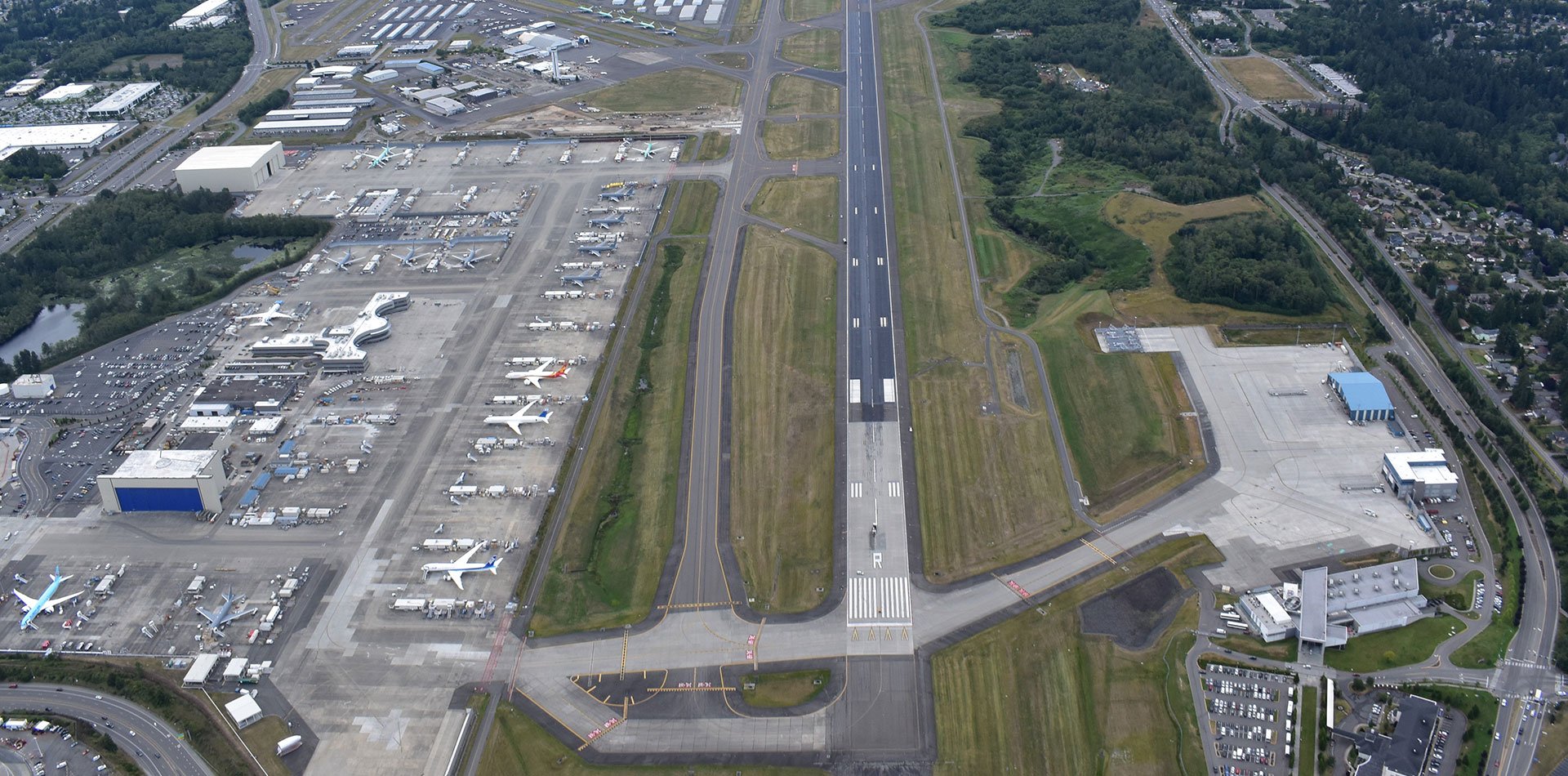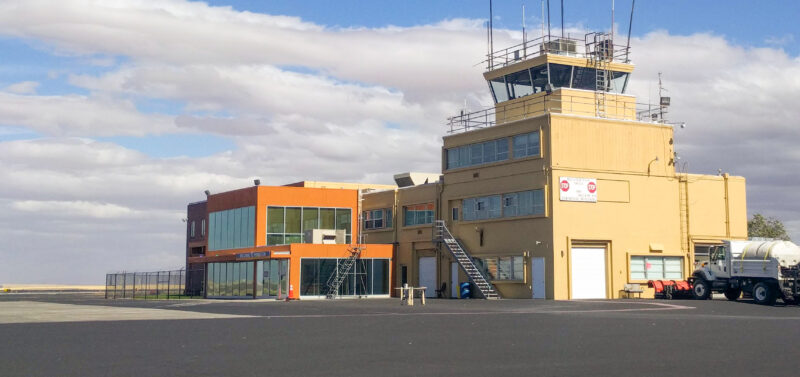The commercial drone package delivery sector is growing rapidly, with multiple operators looking to gain...

Lakeland Linder International Airport
Lakeland Linder International Airport (LAL) is a vibrant, rapidly growing aviation facility that’s home to the world-famous NOAA Hurricane Hunters, the Sun-N-Fun International Fly-In, the Central Florida Aerospace Academy, and aerospace programs at Polk State College.
Why does this project matter?
With more than 125,000 aircraft operations annually, LAL’s regional economic impact is over $574 million. The airport’s focus on smart growth has targeted air service, increased aircraft maintenance and repair activity, domestic and international air cargo, and increased military and general aviation operations for continued expansion and economic development opportunities.
What is ESA doing to help?
ESA provides as-needed environmental support for numerous projects at Lakeland Linder Airport, a dynamic Part 139 airport that is home to a wide range of aviation businesses and events.
Following the recent completion of National Environmental Policy Act (NEPA) compliance and comprehensive permitting for a large multi-phase intermodal and cargo complex, ESA is supporting LAL with environmental clearances and compliance as the project continues to evolve.
ESA also completed an Environmental Assessment for the relocation and construction of a new 145-foot tower Air Traffic Control Tower (ATCT) in an expedited timeframe to ensure that facility was operational for the annual Sun n’ Fun fly-in event. ESA also assisted with ATCT permitting, working with various agencies to avoid wetlands and to relocate dozens of protected gopher tortoises from the project area to a protected site.
In 2013, ESA completed a Wildlife Hazard Assessment (WHA) and developed a Wildlife Hazard Management Plan (WHMP) for inclusion in the airport’s Part 139 certification. After the FAA approved the WHMP in 2014, ESA conducted Wildlife Hazard Management Training for compliance with Part 139 and continues to support the airport’s ongoing wildlife management program.
Other NEPA and regulatory compliance projects completed by ESA over the past five years include an environmental assessment (EA) for an Instrument Landing System (ILS) relocation; EA for a 30-acre solar farm; categorical exclusion for a new turf runway and airfield improvements; line-of-site and Runway Protection Zone tree clearing; and onsite mitigation design, permitting, and implementation.
ESA manages the implementation, maintenance, monitoring, and reporting for two onsite wetland creation areas, providing all compliance and land management services. As new projects are proposed, ESA works with the Southwest Florida Water Management District, U.S. Department of the Army, U.S. Army Corps of Engineers, and other stakeholders to implement cost-effective and sustainable mitigation strategies.
Connect with our team
"I can’t thank you enough for dropping everything and putting your full attention to this on such short notice. It exemplifies the very reason ESA has been and remains part of the Amherst Team – we pride ourselves on customer service and we’re proud to walk the walk with you."

Similar Projects
News & Ideas
Drones are reshaping industries from infrastructure, to agriculture, to emergency response—and the FAA's proposed new...
With the shutdown behind us, federal agencies and Congress are shifting back into gear and...
ESA integrates cultural resources management and historic preservation expertise directly into the aviation and airport...
ESA’s team of federal permitting and National Environmental Policy Act (NEPA) experts will recap the most...
As chronicled by our Federal Strategy Team here and here, the National Environmental Policy Act...







